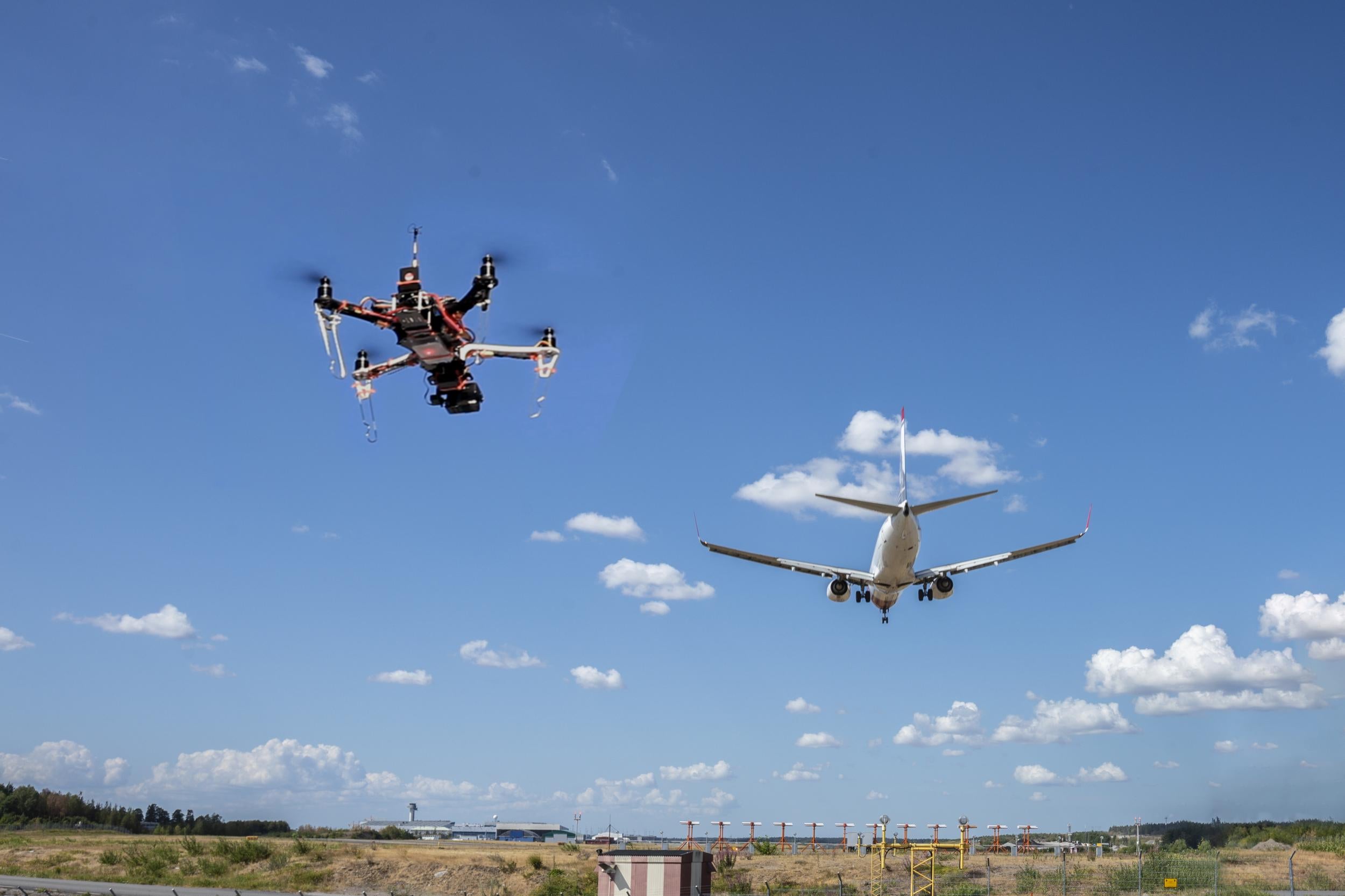Virgin Atlantic calls for tougher drone regulations after terrifying near miss
The incident is thought to be the closest a drone has come to striking an aircraft in the UK

Your support helps us to tell the story
From reproductive rights to climate change to Big Tech, The Independent is on the ground when the story is developing. Whether it's investigating the financials of Elon Musk's pro-Trump PAC or producing our latest documentary, 'The A Word', which shines a light on the American women fighting for reproductive rights, we know how important it is to parse out the facts from the messaging.
At such a critical moment in US history, we need reporters on the ground. Your donation allows us to keep sending journalists to speak to both sides of the story.
The Independent is trusted by Americans across the entire political spectrum. And unlike many other quality news outlets, we choose not to lock Americans out of our reporting and analysis with paywalls. We believe quality journalism should be available to everyone, paid for by those who can afford it.
Your support makes all the difference.Virgin Atlantic has called for tougher drone regulations around airports after one of its aircraft was involved in one of the closest ever near-misses to happen in the UK.
The drone avoided impact with the B787-9 Dreamliner by just 10ft, according to a recent report from the UK Airprox Board.
The Civil Aviation Authority (CAA) said that the incident, which took place on 25 June, was believed to be among the closest times a drone has come to hitting a commercial aircraft in this country.
Heading from Delhi, India to London Heathrow airport, the Virgin Atlantic flight was in its descent over Clapham Common when the drone was spotted below its right wing.
“The drone was being flown beyond VLOS limits and on an airfield approach path such that it was endangering other aircraft at that altitude and position. The Board agreed that the incident was therefore best described as the drone was flown into conflict with the B787,” the report said.
“The Board considered that the pilot’s overall account of the incident portrayed a situation where providence had played a major part in the incident and/or a definite risk of collision had existed.”
The Airprox report designated the risk of collision as “high”.
Virgin Atlantic said that the team in the cockpit reported the incident immediately to air traffic control in June.
“It's vital that action is taken to regulate the use of drones near airports, and we urge the government to consider further proposals,” a spokesman said.
As the aircraft was at an altitude of around 3,200ft at the time of the near-collision, the drone’s pilot was breaking the law – new regulations introduced in July 2018 restrict all drones from flying above 400ft or within one kilometre of airport boundaries.
The legislation followed a year-on-year increase in the reported number of drone incidents with aircraft, with 93 reported in 2017.
Further laws requiring owners of drones weighing 250 grams or more to register with the Civil Aviation Authority (CAA), in addition to online safety tests for drone pilots, will come into force on 30 November 2019.
Research shared by the CAA found that 77 per cent of UK citizens felt more regulation was required in relation to drone usage, with 75 per cent of drone users in agreement.
Join our commenting forum
Join thought-provoking conversations, follow other Independent readers and see their replies
Comments